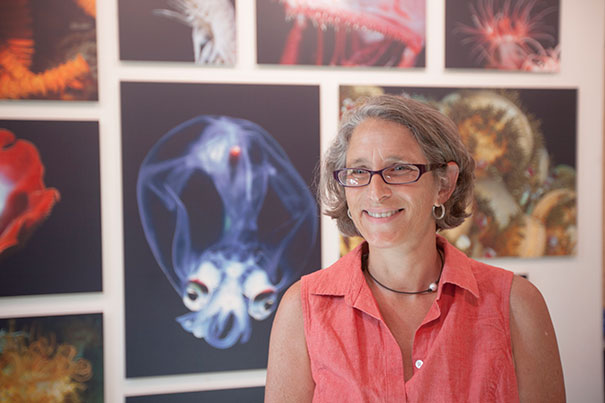Science & Tech
-
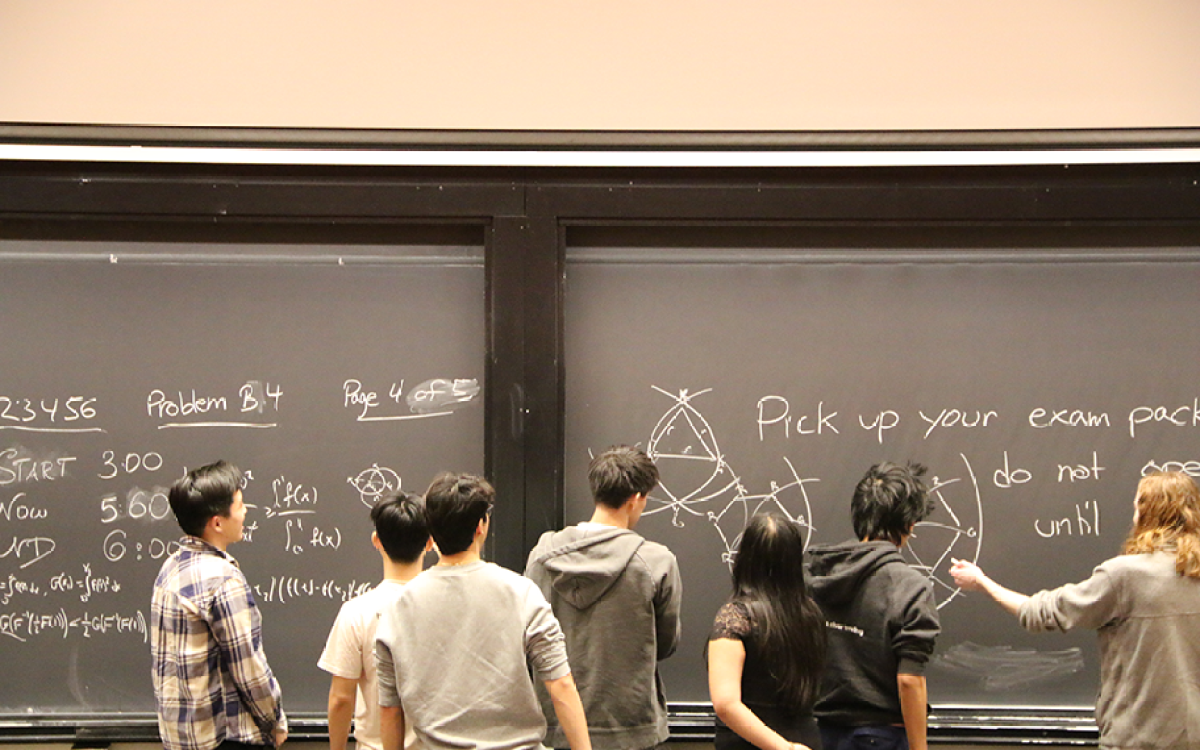
‘It just feels good when you solve the hard problems’
Why do students volunteer to take this notoriously difficult math exam? For the fun of it.
-
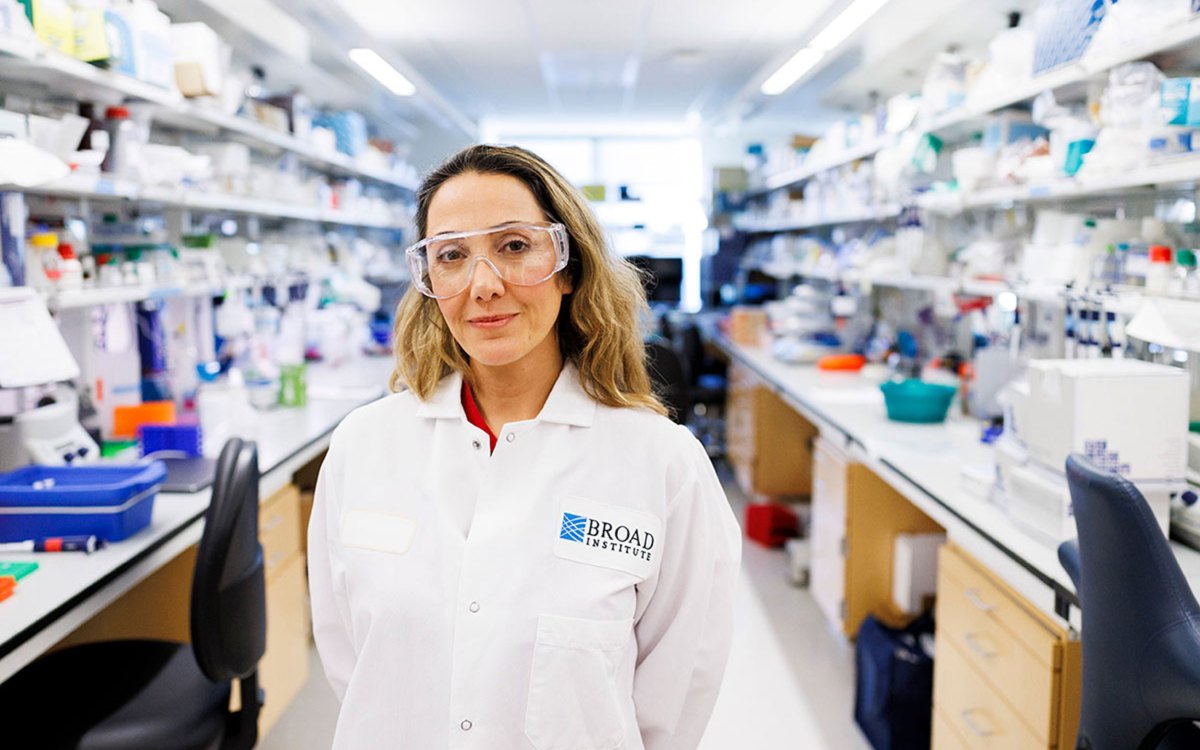
Stopping the next pandemic
Disease surveillance network faced ‘existential cliff’ despite proven success. Then came the $100 million.
-

Rethinking — and reframing — superintelligence
Microsoft researcher says separating AI from people makes systems dangerous and unproductive
-
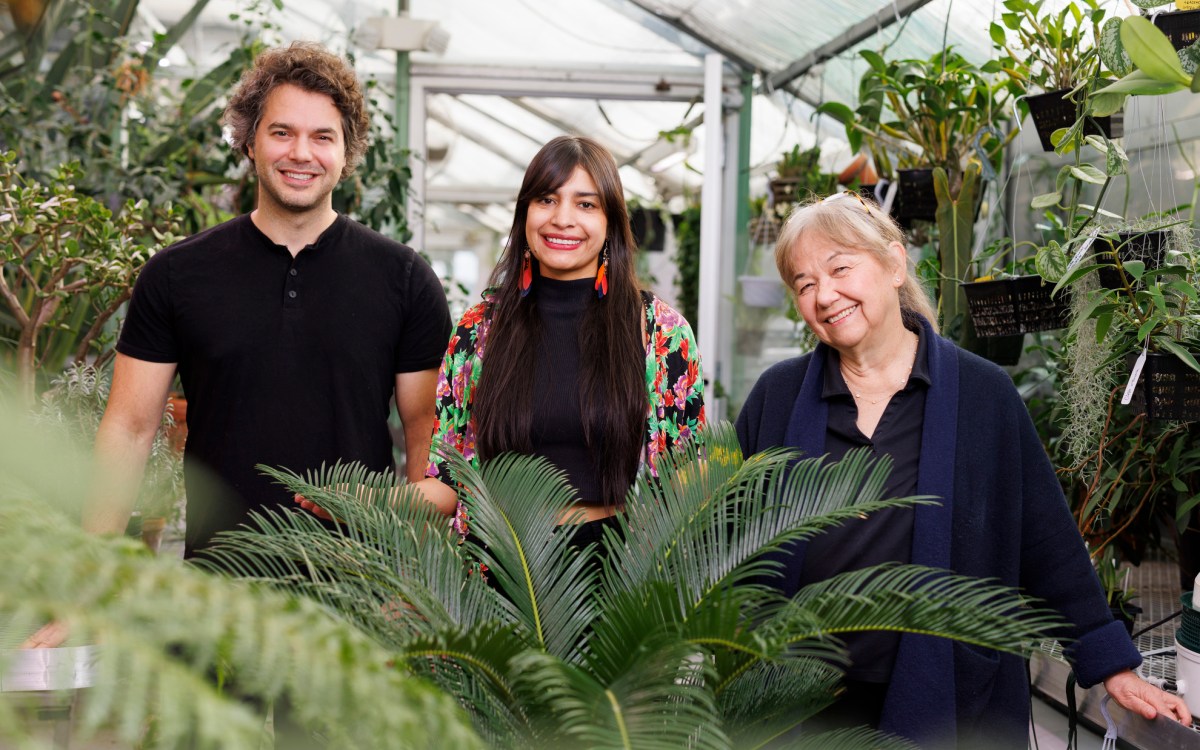
First, male gets heated up, then female, and then, you know
Study shows infrared radiation from plants serves as invitation to pollinating insects
-

‘Consciousness’
What we know and don’t know about the life of your mind
-
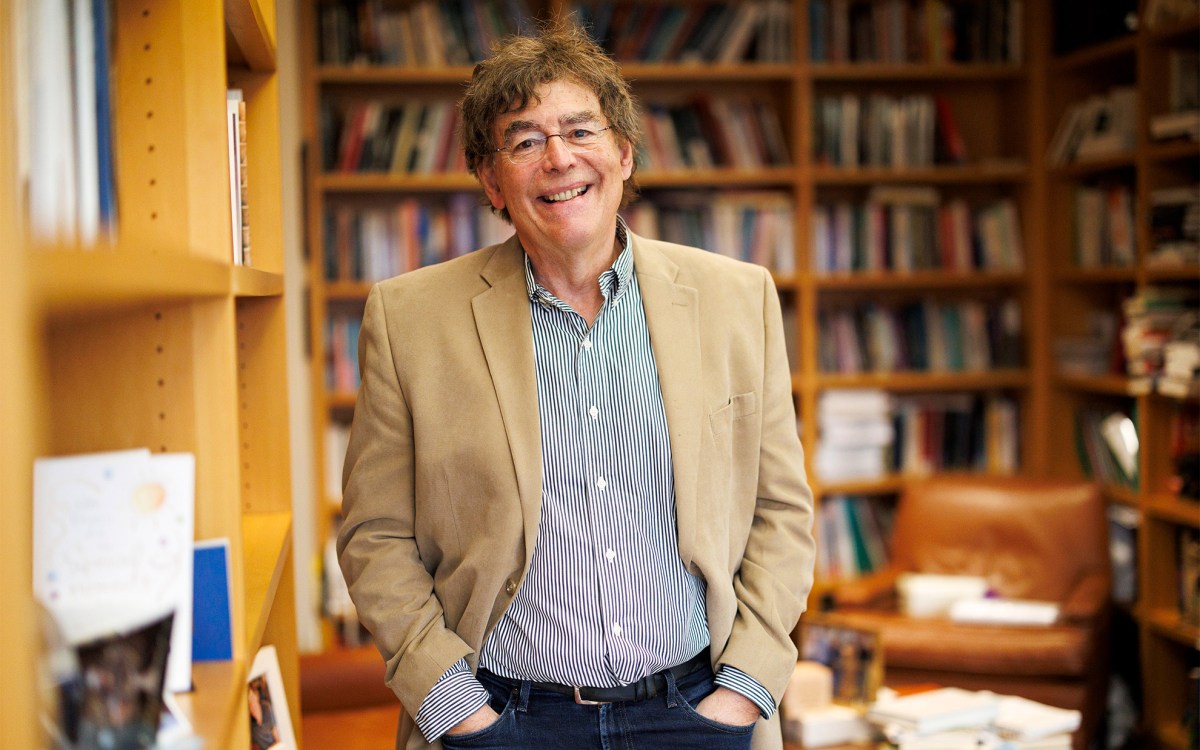
Science needs contrarians, and contrarians need support
Institute of Quantitative Social Science initiative tailored to researchers exploring provocative ideas
-
Good day, moons
CfA fellow David Kipping is heading a hunt for astronomical bodies at the edge of our ability to detect them: moons circling planets in other solar systems.

-
Cautious geohacking
By tailoring geoengineering efforts by region and by need, a new model promises to maximize the effectiveness of solar radiation management while mitigating its potential side effects and risks.
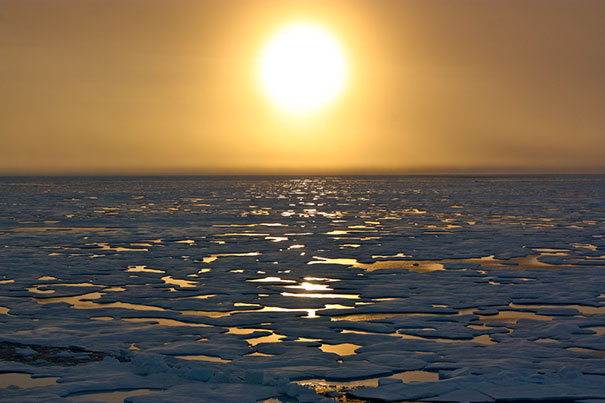
-
President Faust sustainability message
Harvard University President Drew Faust speaking on the University’s commitment to sustainability and the release of its first Sustainability Impact Report (http://www.green.harvard.edu/report).
-
Making a sustained impact
Harvard has released a sustainability impact report that provides a University-wide snapshot of the progress that has been made by students, staff, and faculty to reduce the environmental footprint and increase the operational efficiency of Harvard’s campus.
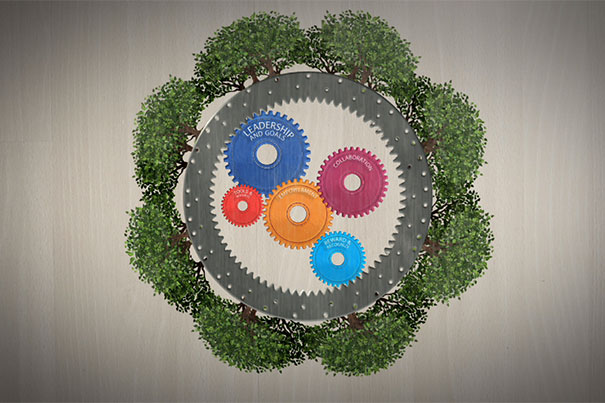
-
When it’s best to do nothing at all
A new study by Harvard University researchers, soon to be published in the journal Ecology, yields a surprising result for large woodlands: When it comes to the health of forests, native plants, and wildlife, the best management decision may be to do nothing.

-
Chinese cities, by design
A new three-year, three-city course at the Harvard Graduate School of Design gives students an immersive learning experience in some of China’s fast-growing frontier cities.
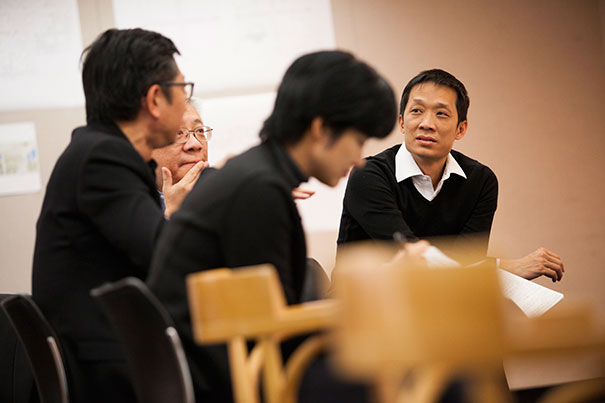
-
Seeking to connect on water issues
The U.S. lacks a national water policy, resulting in pushing and pulling by a wide array of competing interests in managing the nation’s water supply, said experts at a Radcliffe symposium.
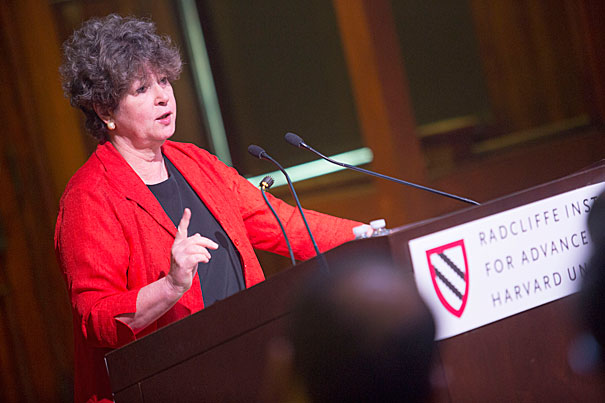
-
Applied physics as art
Harvard researchers spray-paint ultrathin coatings that change color with only a few atoms’ difference in thickness.
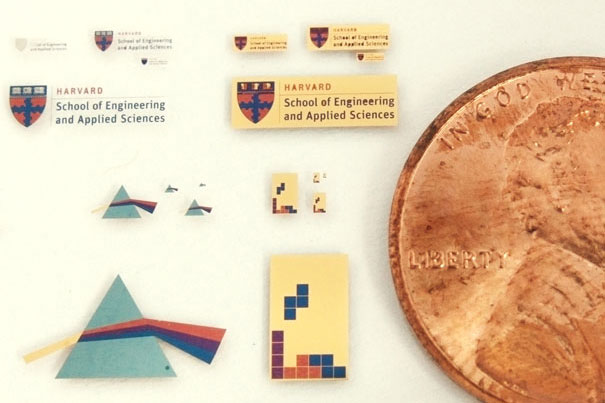
-
A monumental task
Harvard’s Corpus of Maya Hieroglyphic Inscriptions Program is making a digital scan of Harvard Yard’s Chinese stele as part of a conservation effort aimed at preserving the ornate gift from Harvard’s Chinese alumni on Harvard’s 300th birthday.
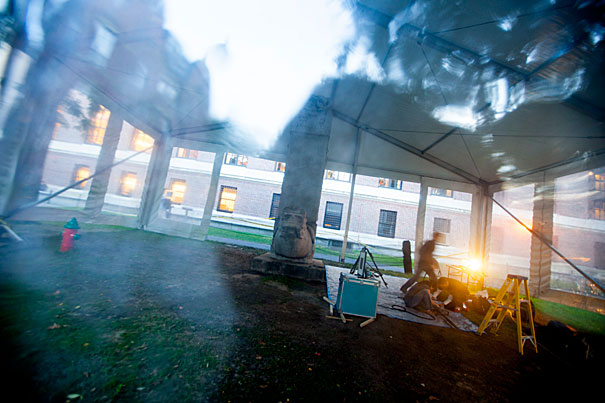
-
A close eye on population growth
Joel Cohen, head of the Laboratory of Populations at Rockefeller and Columbia universities, looked at the latest projections for world population growth, and factors that could alter them, in a Harvard talk.
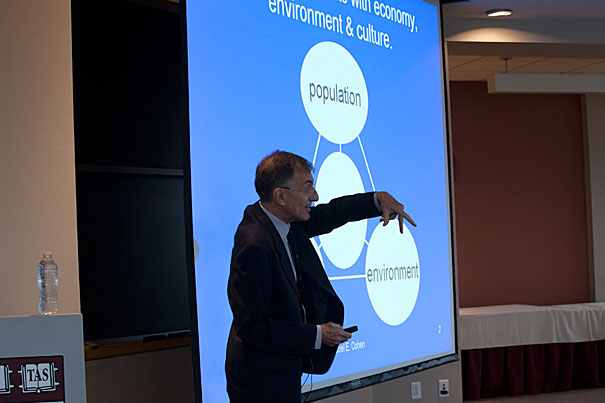
-
‘Point of no return’ found
Using a continent-spanning telescope, an international team of astronomers has peered to the edge of a black hole at the center of a distant galaxy. For the first time, they have measured the black hole’s “point of no return” — the closest distance that matter can approach before being irretrievably pulled into the black hole.
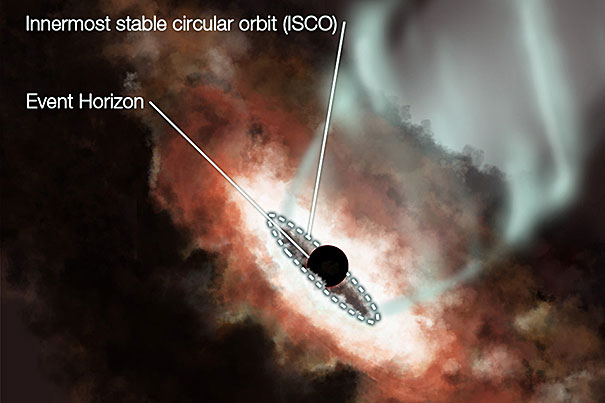
-
An engineering landmark
The Harvard School of Engineering and Applied Sciences celebrates a landmark degree accreditation, and a broadening, flexible future of programs that break down academic barriers.
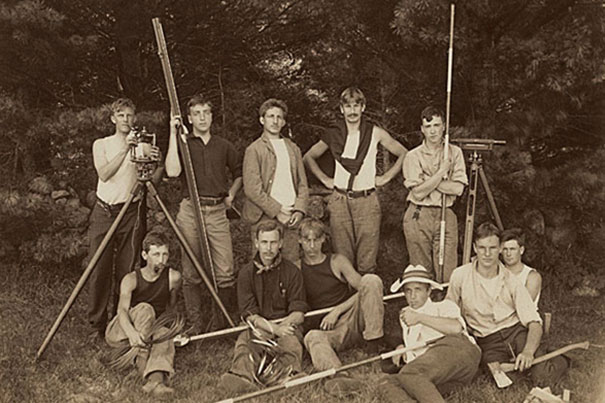
-
‘Silent Spring,’ 50 years on
Environmentalists and faculty members gathered at Sanders Theatre to mark the 50th anniversary of the publication of Rachel Carson’s “Silent Spring,” which catalyzed the environmental movement in its impassioned presentation of the impact of chemicals on nature.
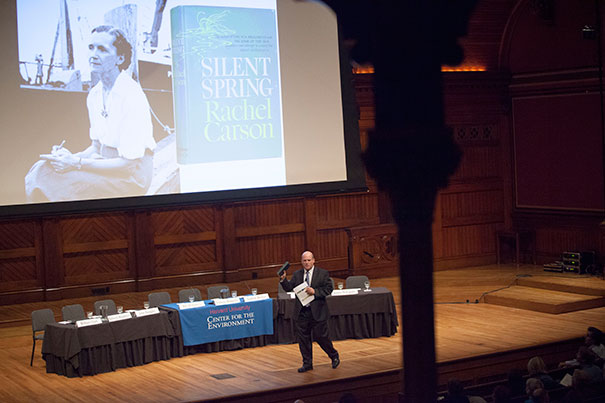
-
An invasion of New England
While new species naturally expand to other places and sometimes disrupt the scene when they arrive, the pace of introduction of invasive species has picked up enormously over the past century and a half, stressing and transforming New England forests.
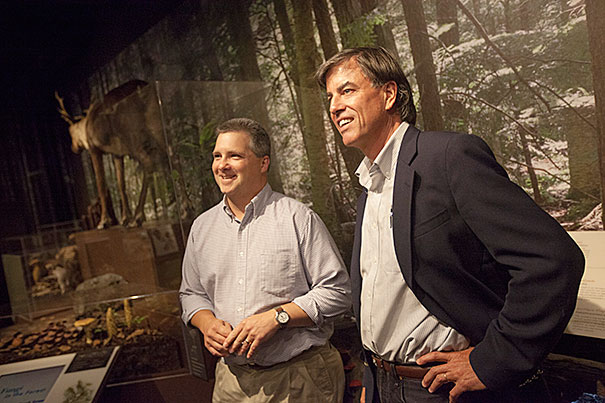
-
Managing just fine
Measurements of stress hormones and self-reports of anxiety show that leaders in stable organizations experience less stress than their subordinates, likely because they have greater control over their office lives.
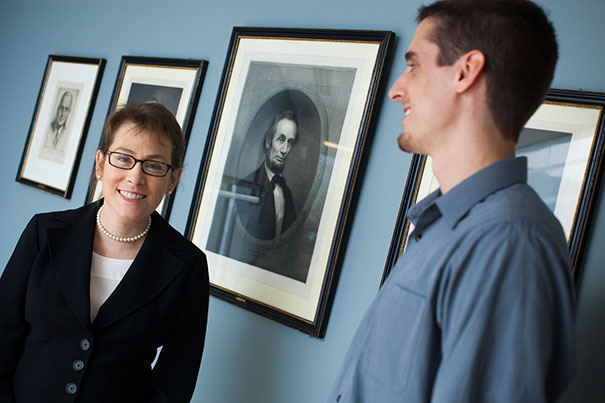
-
Spoiled opportunity
Republican objections to a climate change “tax” have stained the cap-and-trade approach to tackling climate change, making it politically unpalatable, even though it proved effective at fighting acid rain over the past two decades.

-
Emergency planning
Six of Harvard’s deep thinkers on climate change and sustainability took the stage Sept. 18 in the second annual Harvard Thinks Green.

-
Alan Turing at 100
Harvard’s Collection of Historical Scientific Instruments celebrates the 100th birthday of Alan Turing, whose ideas theorized the first computers, spurred the science of artificial intelligence, and — oh yes — helped save the Allies during World War II.
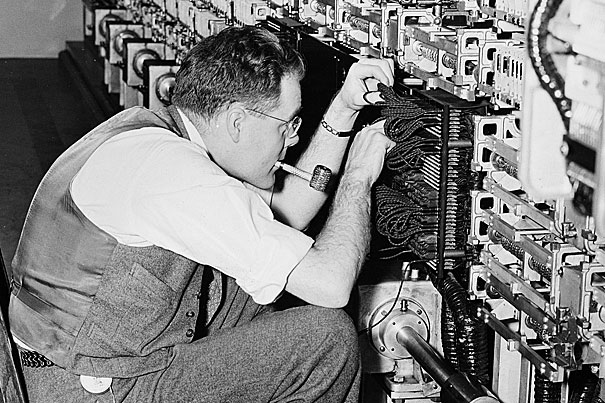
-
Figuring out fairness
A new Harvard study suggests that children as young as 3 consider merit — a key part of more-advanced ideas of fairness — when distributing resources.
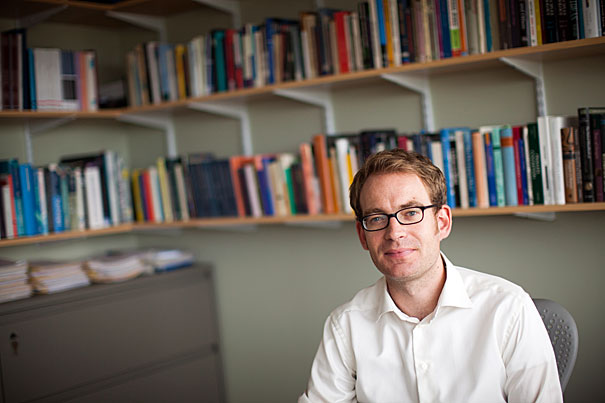
-
Planets form in cosmic maelstrom
At first glance, the center of the Milky Way seems like a very inhospitable place to try to form a planet. New research by astronomers at the Harvard-Smithsonian Center for Astrophysics shows that planets still can form in this cosmic maelstrom.
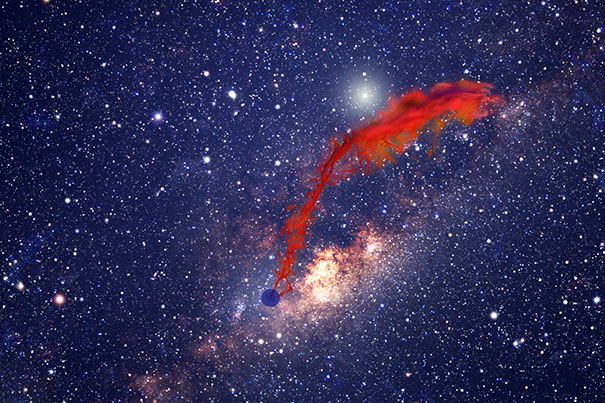
-
Needle beam stays on point
A Harvard-led team of researchers has demonstrated a new type of light beam that propagates without spreading outward, remaining very narrow and controlled along an unprecedented distance. It could greatly reduce signal loss for on-chip optical systems and may eventually assist the development of a more powerful class of microprocessors.
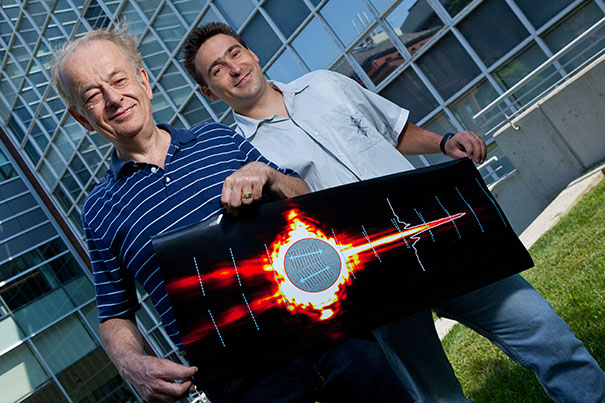
-
Capturing the stars
Alex Parker, a postdoctoral fellow at the Harvard-Smithsonian Center for Astrophysics, sees astronomical data as art as well as science.

-
Super gel
A team of experts in mechanics, materials science, and tissue engineering at Harvard has created an extremely stretchy and tough gel that may suggest a new method for replacing damaged cartilage in human joints.

-
‘Thou shall be inventive’
Chef-mixologist Dave Arnold and kitchen science author Harold McGee kicked off the third season of the “Science and Cooking” lecture series, looking at both the history and versatility of food.

-
Clues in the cucumber’s climb
Harvard researchers, captivated by a strange coiling behavior in the grasping tendrils of the cucumber plant, have characterized a new type of spring that is soft when pulled gently and stiff when pulled strongly.
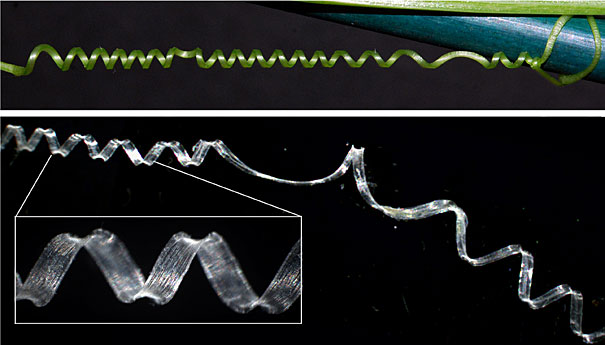
-
Perfecting optics
Applied physicists at the Harvard School of Engineering and Applied Sciences (SEAS) have created an ultrathin, flat lens that focuses light without imparting the distortions of conventional lenses.
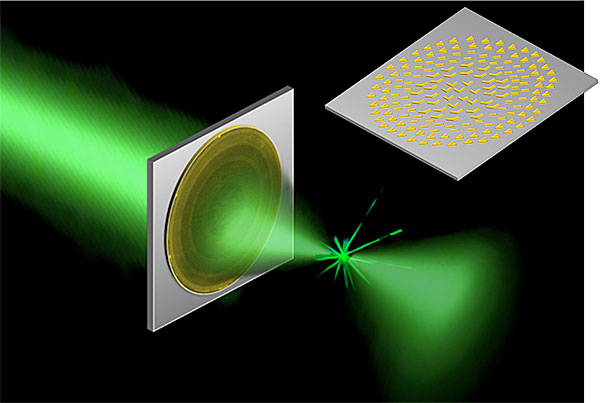
-
Merging the biological, electronic
For the first time, Harvard scientists have created a type of cyborg tissue by embedding a 3-D network of functional, biocompatible, nanoscale wires into engineered human tissues.

-
Listening for clues
Baby songbirds learn to sing by imitation, just as human babies do. So researchers at Harvard and Utrecht University, in the Netherlands, have been studying the brains of zebra finches — red-beaked, white-breasted songbirds — for clues to how young birds and human infants learn vocalization on a neuronal level.

-
Butterflies heading north
A Harvard study reveals that over the past 19 years, a warming climate has been reshaping Massachusetts butterfly communities.
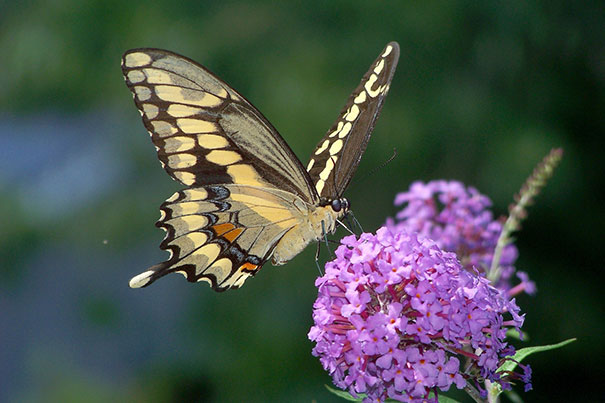
-
Using evolution to understand pollution
A tool rarely used to understand the impact of pollution on the natural world is evolution, an oversight that an environmental toxicologist says is robbing investigators of important information.
